Unlock Peak Perfo...
Aug 15, 2025
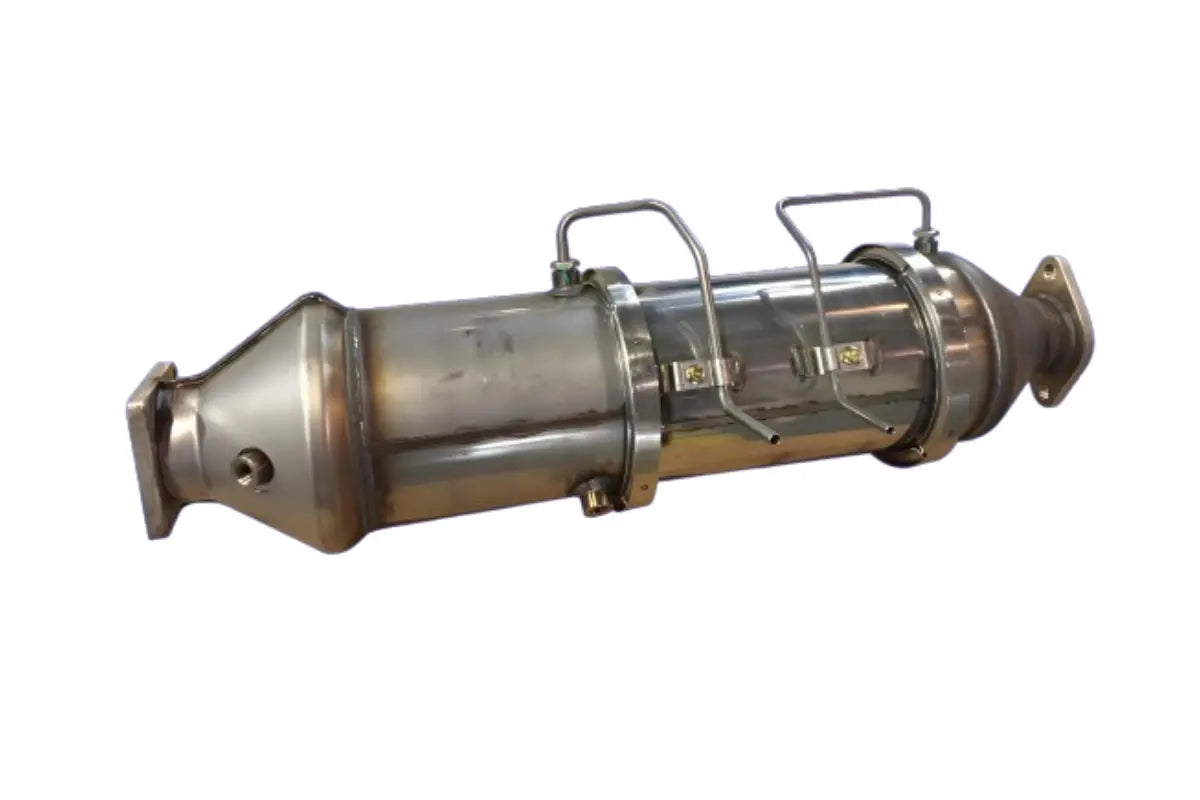
The Diesel Particulate Filter (DPF) system is an essential component in modern diesel engines designed to reduce harmful emissions. Here’s a detailed explanation of what the DPF system is and how it works:
A Diesel Particulate Filter (DPF) is an exhaust system filter incorporated into the exhaust system of diesel-powered vehicles. The primary role of this filter is to capture and subsequently eliminate particulate matter (PM) or soot from the exhaust gases before they escape into the atmosphere. The soot consists of minute particles that are toxic not only to human health but also to the environment.

Soot particles are trapped by the filter as the exhaust gases pass through the DPF, thereby enabling cleaner exhaust gases to leave the vehicle's tailpipe.
The DPF filter medium is usually manufactured using a honeycomb ceramic structure and coated with a catalyst material that aids in the capture and retention of the soot particles.
When soot becomes accumulated within the DPF, it is necessary to burn it off to ensure the filter does not clog and that it maintains its effectiveness. This process is referred to as regeneration.
Passive Regeneration: This naturally takes place when the exhaust temperature is high enough to combust the soot during regular driving, mostly while on the highways.
This is initiated by the engine control unit (ECU) of the vehicle when the DPF has reached a certain level of accumulation of soot. The ECU increases the exhaust temperature by injecting extra fuel in the exhaust flow to incinerate the soot.
This is done manually by a mechanic when the DPF becomes too clogged and passive or active regeneration is not adequate.
Emission Control: The biggest advantage of the DPF system is that it has the capability to control particulate emissions to a very great extent, helping to comply with the stringent environmental regulations.
Improved Air Quality: A DPF system traps dangerous soot particles, resulting in better quality air and fewer health risks due to diesel exhausts.
Regulation Compliance: DPF-fitted vehicles meet emissions standards required by relevant authorities, meaning they can be sold and operated legally within areas with stringent environmental laws.
Clogging: Continued use of a DPF may lead to blockage from soot and ash, hence causing a drastic drop in the power output of the engine and also increased fuel consumption.
Maintenance: The DPF system requires regular maintenance, with the DPF itself needing cleaning or replacement periodically, making the system costly.
Regeneration Problems: When the car is mostly driven in city conditions or on short journeys, the exhaust temperature does not rise to the required level for passive regeneration, therefore activating active or forced regenerations frequently.
For off-road enthusiasts and performance-driven diesel owners seeking to bypass the restrictions of the DPF system, DynoVox offers high-quality DPF Delete Kits engineered for durability, enhanced airflow, and significant power gains. Our kits are designed for multiple diesel platforms, including:
6.7L Cummins (Ram 2500/3500)
6.6L Duramax (LML, LMM, L5P)
6.7L Powerstroke (Ford F250/F350)
3.0L EcoDiesel (Ram 1500, Jeep Grand Cherokee)
Each DynoVox DPF Delete Kit is constructed from T409 or T304 stainless steel, ensuring superior corrosion resistance and performance under high-temperature conditions. Customers typically experience:
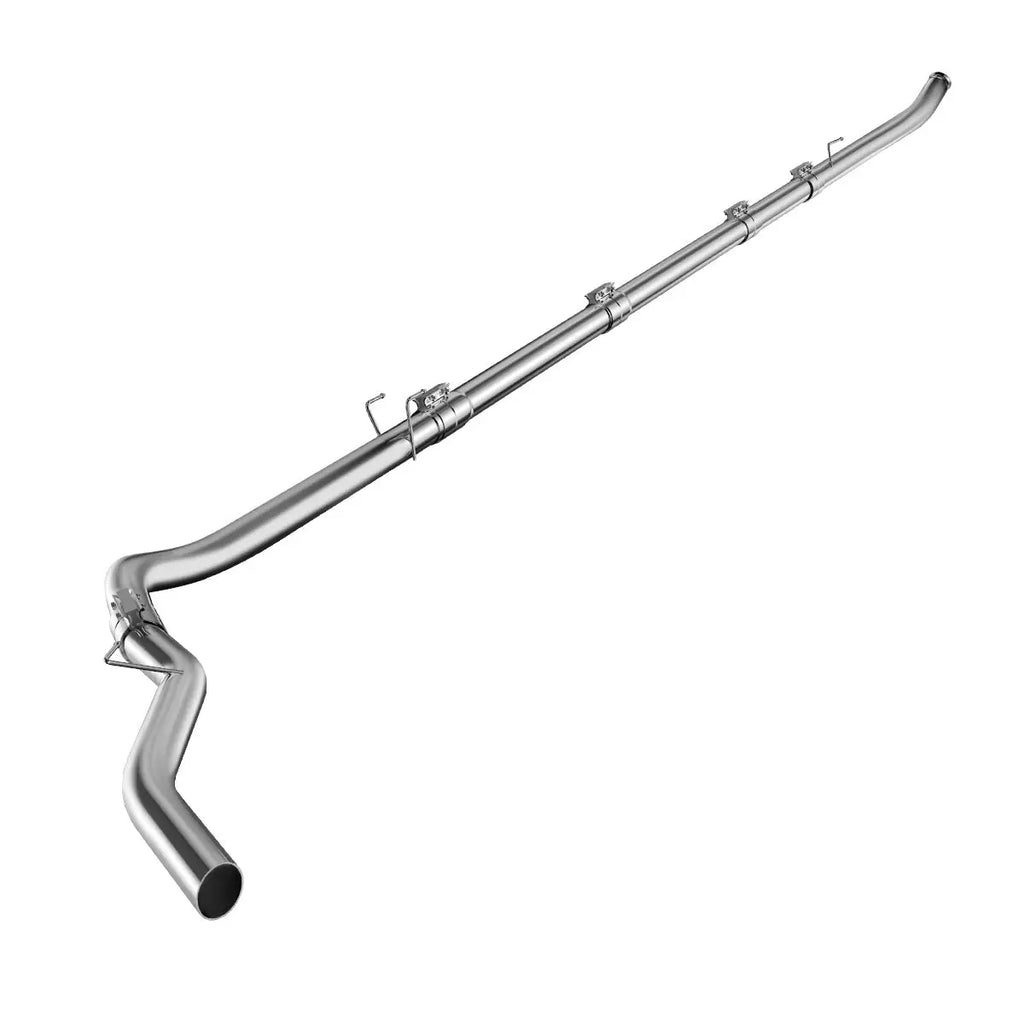
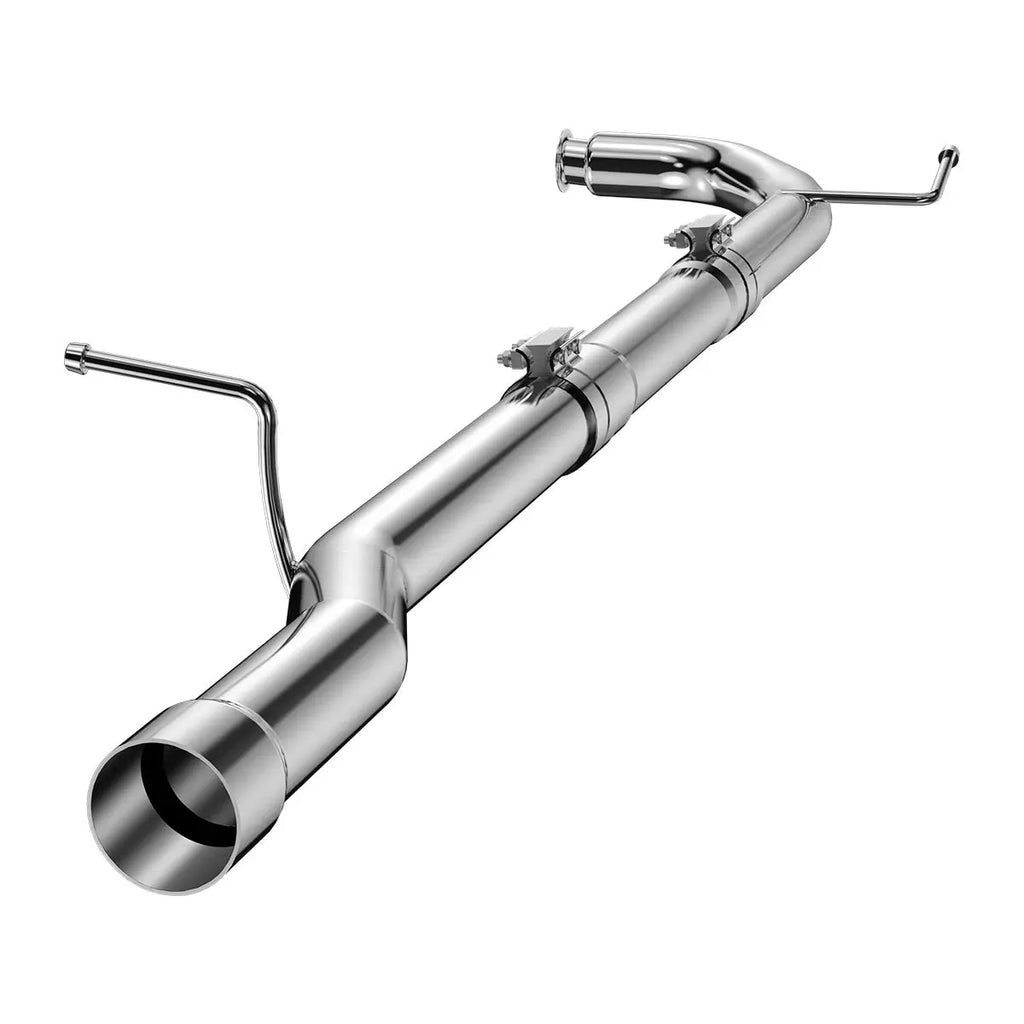
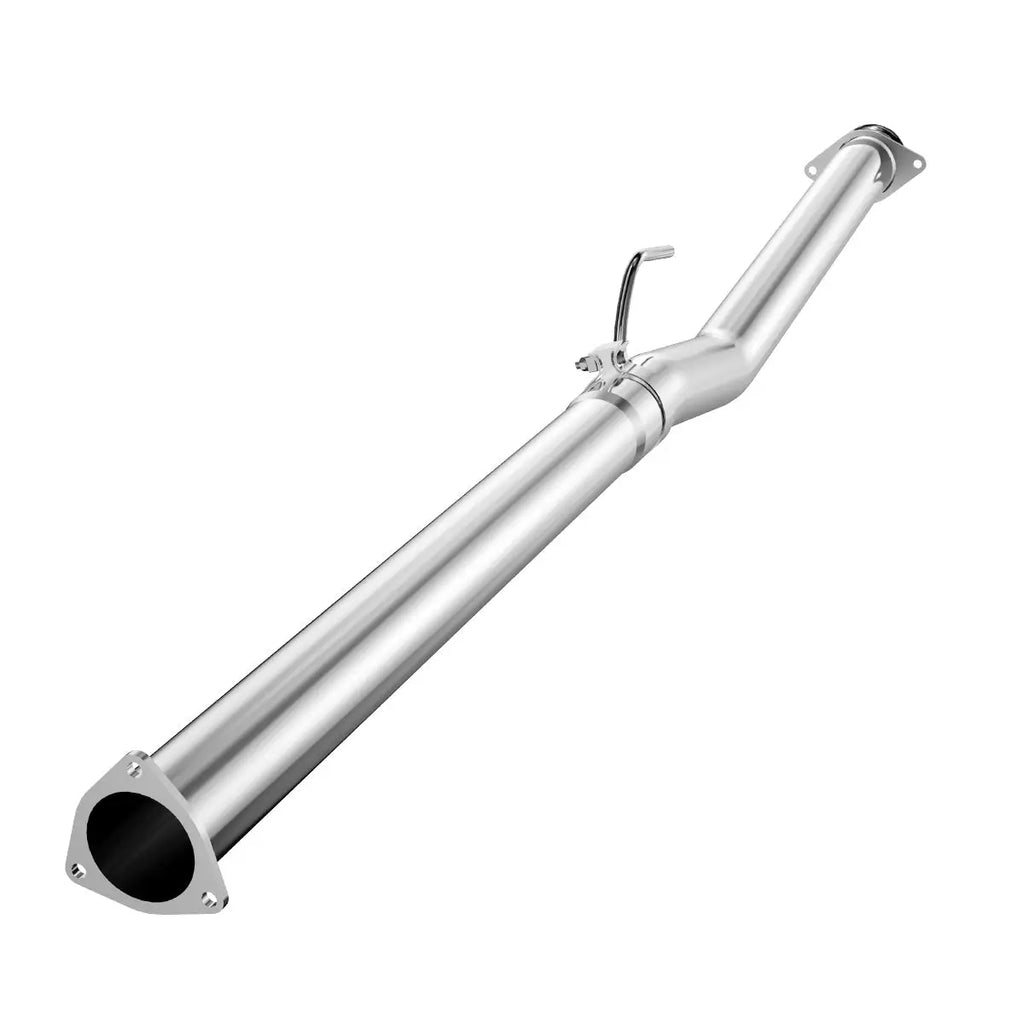
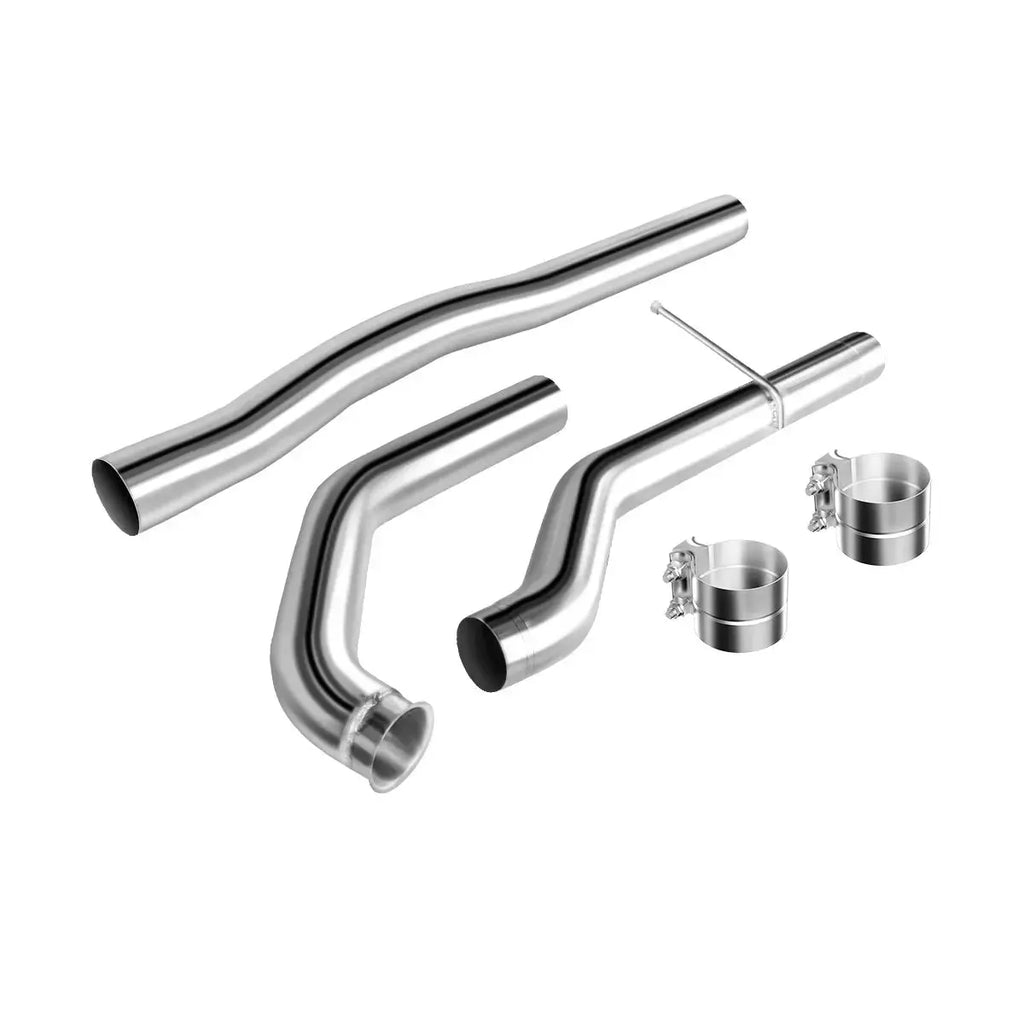
⚠️ Important Note: DPF delete kits are intended for off-road use only and are not legal for use on public roads in many regions. Removing emissions equipment such as the DPF may violate federal or local environmental laws, including the U.S. Clean Air Act. Before installation, customers should confirm compliance with their local regulations.
The DPF system is one of the most crucial technologies incorporated in modern diesel engines. It aims at removing particulate matter emissions and ensuring clean air. While it provides environmental advantages, it also needs to be maintained properly and occasionally intervened in to make sure it continues to do so. The vehicle owners will handle their diesel engines better if they understand the importance of the operation of the DPF system.
1. What does a Diesel Particulate Filter (DPF) do in a diesel engine?
A DPF captures harmful soot and particulate matter from diesel exhaust gases to reduce emissions and comply with environmental standards.
2. How often should a DPF system be cleaned or replaced?
DPF filters typically require cleaning every 100,000–150,000 miles, depending on driving habits, vehicle type, and soot accumulation levels.
3. What is DPF regeneration and how does it work?
DPF regeneration is the process of burning off soot collected in the filter. It occurs passively at high exhaust temperatures or actively through ECU-controlled fuel injection.
4. What are the signs of a clogged DPF system?
Common symptoms include reduced engine power, increased fuel consumption, a check engine light, or DPF warning light on the dashboard.
5. Can I drive with a full or blocked DPF?
Driving with a blocked DPF can cause engine damage, reduced fuel efficiency, and potential legal issues due to excessive emissions.
6. What’s the difference between passive, active, and forced DPF regeneration?
Passive regeneration occurs naturally at high temperatures, active is ECU-triggered with extra fuel injection, and forced regeneration requires a diagnostic tool at a repair facility.
7. How does DPF affect fuel economy?
A clean DPF has minimal impact, but a clogged or inefficient DPF can significantly increase fuel consumption due to backpressure.
8. Is it legal to delete or bypass the DPF system?
In most regions, DPF removal is illegal for on-road vehicles and can lead to fines, emissions test failure, and voided warranties. It is allowed only for off-road or race use in specific areas.
9. Why does city driving cause more DPF problems?
City driving typically involves short trips and low speeds, which prevent the exhaust from reaching the high temperatures needed for passive DPF regeneration.
10. What maintenance tips help prolong DPF life?
Regular highway driving, using the correct engine oil, avoiding excessive idling, and addressing warning lights promptly can extend DPF service life.